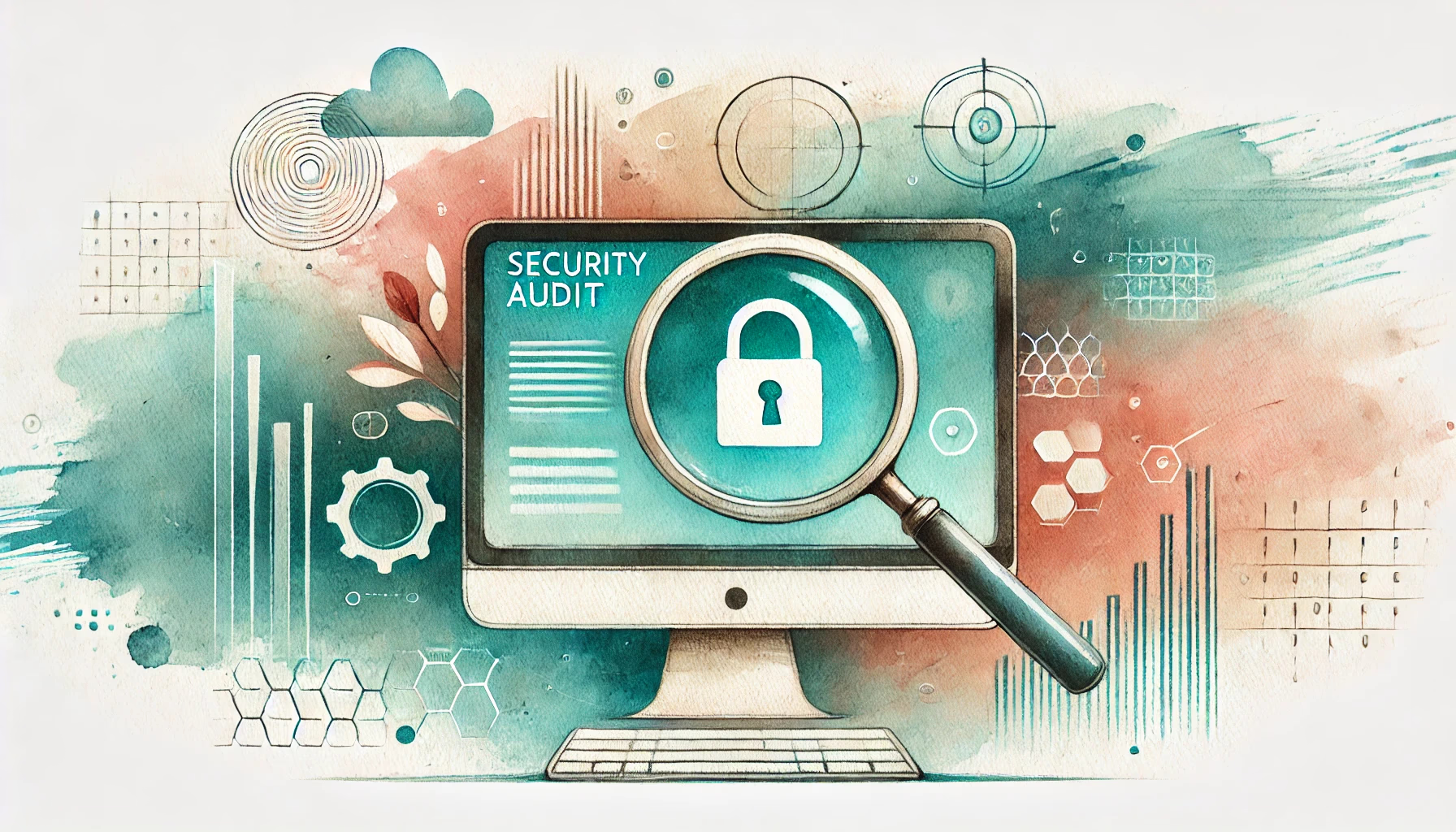Does your organisation have a well-implemented and effective JML process that incorporates steps...
Cloud Security Best Practices: A Comprehensive Guide
Explore the essential best practices for securing your cloud environment and protecting your data.
Understanding Cloud Security
Understanding cloud security is crucial for ensuring the protection of your data and applications in the cloud. It involves having a clear understanding of the different security risks and threats that exist in the cloud environment.
One key aspect of understanding cloud security is knowing the shared responsibility model. In a cloud environment, the cloud service provider (CSP) is responsible for the security of the cloud infrastructure, while the customer is responsible for securing their data and applications. Basically, the CSP is responsible for security of the cloud and the customer is responsible for security in the cloud.
Another important aspect is understanding the different types of cloud deployments - public, private, and hybrid clouds. Each type has its own unique security considerations and best practices.
By understanding cloud security, you can make informed decisions about the security measures you need to implement in your cloud environment.
Data Encryption and Access Control
Data encryption is an essential practice for protecting your data in the cloud. It involves converting your data into a form that is unreadable without the proper encryption key. This ensures that even if your data is intercepted, it cannot be accessed or understood by unauthorised persons/entities.
In addition to data encryption, access control plays a critical role in cloud security. It involves restricting access to your cloud resources based on user roles and permissions. By implementing strong access control measures, you can prevent unauthorised access to your data and applications.
It is also recommended that access control security be further enhanced with the implimentation of multi-factor authentication.
Monitoring and Incident Response
Monitoring your cloud environment is essential for detecting and responding to security incidents in a timely manner. By implementing robust monitoring tools and practices, you can identify suspicious activities, such as unauthorised access attempts or unusual network traffic.
In addition to monitoring, having a well-defined incident response plan is crucial for effectively handling security incidents. This plan should outline the steps to be taken in the event of a security breach, including containment, investigation, and recovery.
Regularly reviewing and updating your incident response plan is important to ensure it remains effective against the evolving threat landscape. Conducting regular drills and simulations can also help prepare your team for real-world security incidents.
Compliance and Regulations
Compliance with industry regulations and standards is an important aspect of cloud security. Depending on the nature of your business and the data you handle, you may be subject to various compliance requirements, such as GDPR, HIPAA, or PCI DSS.
To ensure compliance, it is important to understand the specific regulations that apply to your organisation and implement the necessary security controls and practices. This may include:
- regular security audits,
- data classification, and
- privacy policies.
Working with a cloud service provider that has achieved relevant certifications, such as ISO 27001 or SOC 2, can also help ensure compliance with industry standards.
Continuous Training and Awareness
Continuous training and awareness are key to maintaining a strong security posture in the cloud. It is important to regularly educate your employees about the latest security threats and best practices.
Training should cover topics such as secure coding practices, password hygiene, and phishing awareness. By raising awareness and providing ongoing training, you can empower your employees to make secure decisions and prevent security incidents.
In addition to employee training, staying informed about the latest security trends and technologies is important for ensuring effective cloud security. Regularly attending industry conferences, webinars, and reading security blogs can help you stay up-to-date with the evolving threat landscape.



